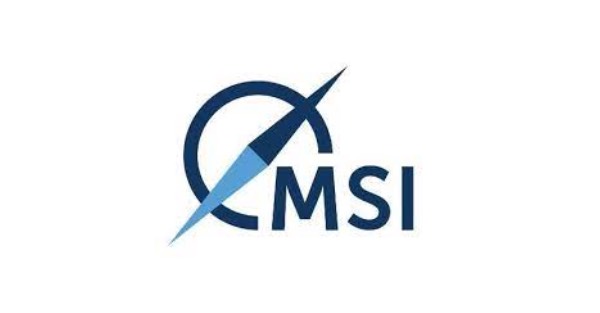Crude and products markets enjoy a February rebound but owners should expect turbulence as supply and demand changes persist
The first two months of 2023 have seen tanker market fortunes change rapidly, illustrating the volatility and upside that continues to persist as global trade patterns are reshaped. Sharp increases in spot earnings have been a feature of the first quarter so far, emphasising the volatility and upside that continues to persist as global trade patterns are reshaped.
In its latest monthly HORIZON report*, MSI expects Asia, and in particular China, to dominate oil demand growth in 2023, but overall cargo volumes look set to be relatively restricted despite distance-driven gains.
China is seeing a sharp increase in transportation fuel demand associated with its opening up, and jet/kerosene demand is likely to surge as flying activity increases. Analysis of crude flows show that it is not just the Russia/Europe dynamic that is changing. China’s intake of Middle Eastern crude has been falling despite its opening up from COVID restrictions and the country is taking in more Urals crude from Russia but also American-sourced barrels.
The recovery in tanker spot earnings is in part due to Europe’s ban on seaborne Russian products coming into effect, with trade flows in January suggesting Europe will rely further on the Middle East, Americas and Asia to source its incremental products needs. Russian cargoes are likely to increasingly head to Latin America and the Middle East, increasing product tanker tonne-miles.
“From the current perspective, the tanker market is good place to be and although we remain positive, some cooling off in both earnings and asset prices remains a feature of our forecast across 2023,” says MSI Director Tim Smith. “Lower deliveries in the larger crude sectors may also help support market dynamics in 2023. Scrapping activity remains relatively elusive, given both high demand for older tonnage and strong freight markets.”









































